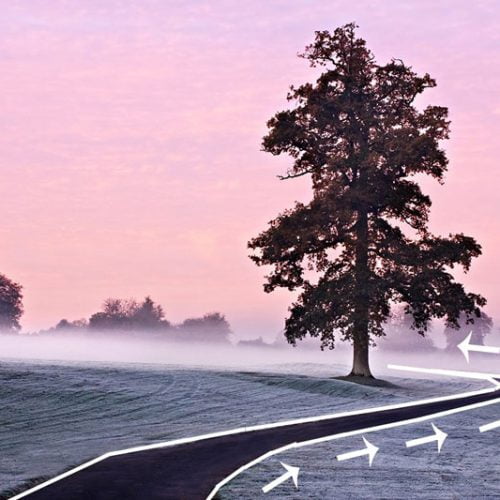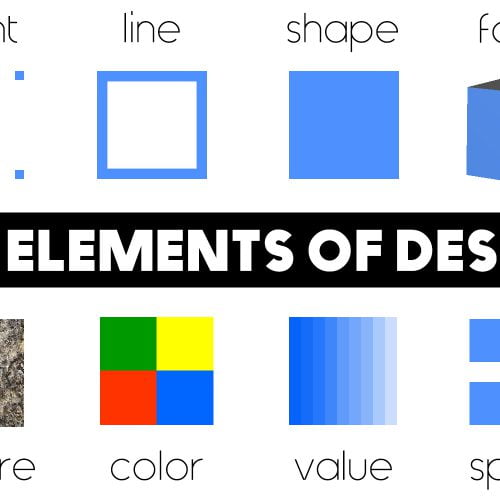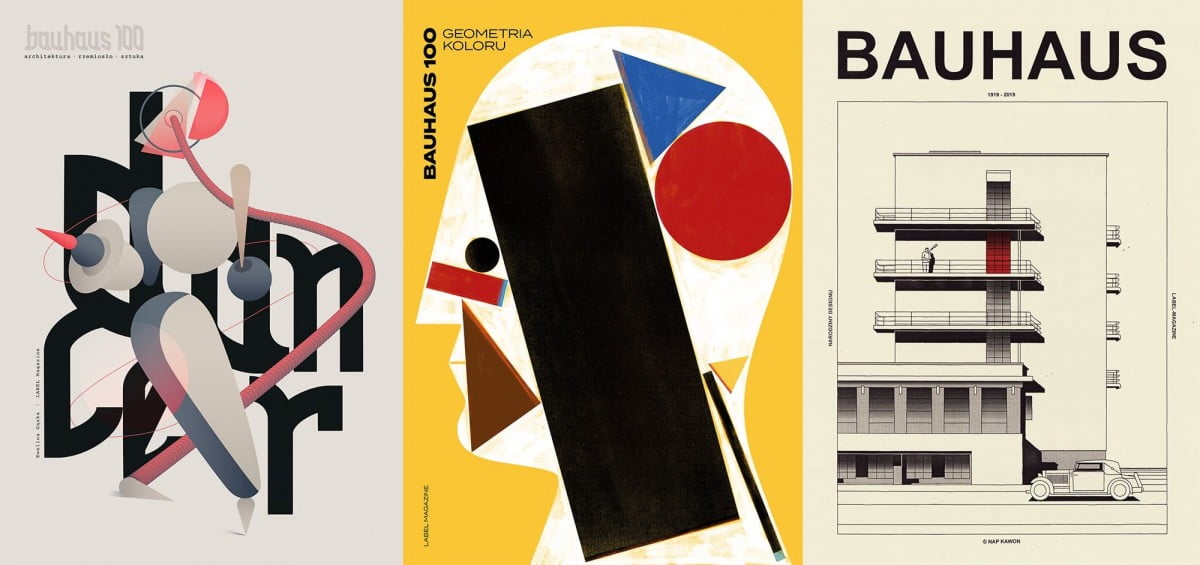
Bauhaus is a fairly common term in many fields: graphic design, interior design, architecture, painting. Formed and born more than a century ago, up to now, this movement has continued to exist and develop, greatly influencing modern design.
Let’s find out with Malu what the Bauhaus movement is and 5 lessons learned for designers!
I. What is the Bauhaus movement?
The Bauhaus movement originated at the Bauhaus University of Technology – founded in 1919 in Weimar, Germany, by the famous modernist architect Gropius, and he was also the first rector of this school. . It was the first art school in Germany to combine craft and fine arts between 1919-1933 and was the birthplace of the pinnacle Bauhaus design movement, one of which greatly influenced modern design. .
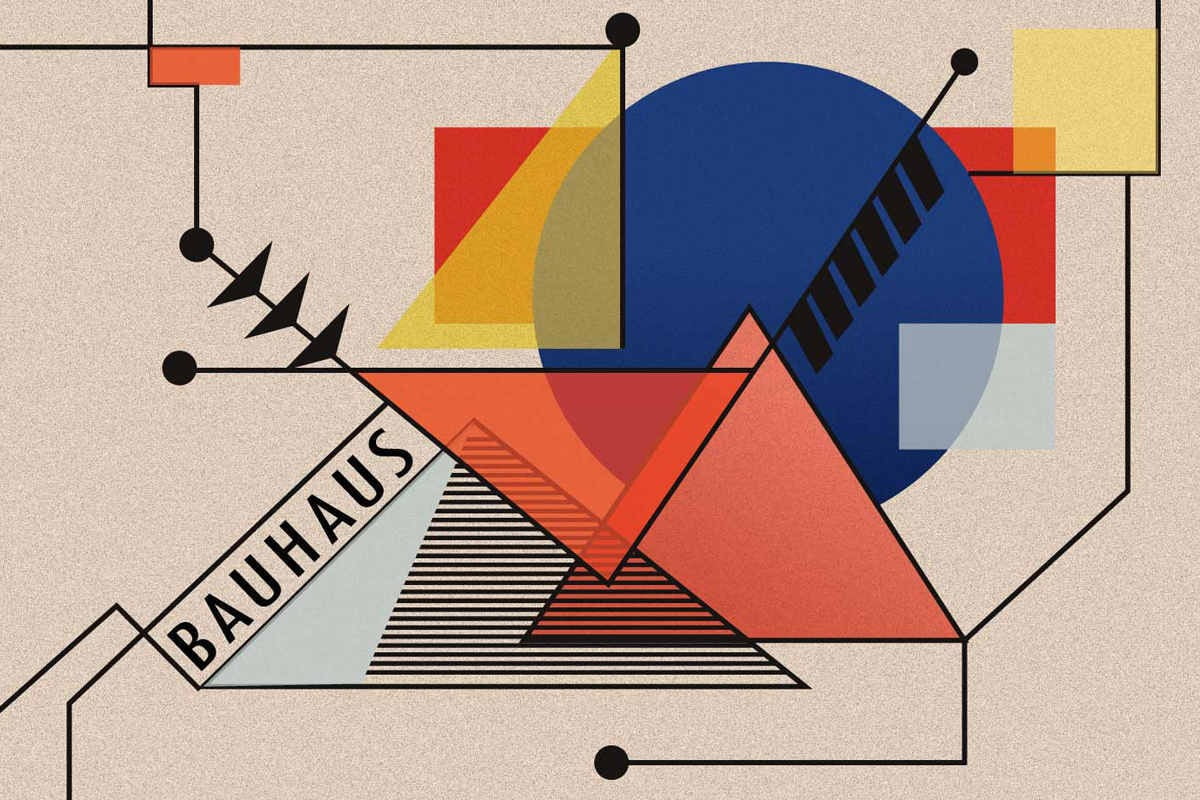
Bauhaus broke the old-style art education framework, laying the foundation for modern design education. Since then, establishing a new educational system with a scientific foundation, emphasizing the combination of logical and scientific working methods with artistic expression, transforming the educational system from individual art to artistic expression. science-based art. Bauhaus is also one of the premise to build the trend of functional design, minimalist design of modern design.
Bauhaus’ development stage
Period: 1919-1925 – Weimar period was the peak of Bauhaus development that introduced the view of artistic and technical unity, undertaking the training of designers and architects of the century. 20. The principal at that time, WALTER GROPIUS, helped form a new educational system combining theory with practice, teaching art with manual manipulation.

1925-1932 – Dessau period, the Bauhaus was rebuilt in Dessau, adopted new teaching methods and achieved excellent results. The Bauhaus expanded into politics and faced growing political pressure. Meyer eventually resigned in 1930 and Mies took his place, doing his best to keep the school afloat, but after the Nazis took Dessau in October 1932, he was forced to close the Bauhaus.

In the period 1932-1933, Bauhaus moved to operate in an abandoned office building in Berlin but was not accepted by the Nazis. In August, the Bauhaus announced its permanent closure. In November 1933, Bauhaus was officially closed and ended its 14-year development history.
Influence of the Bauhaus movement
Although short-lived, the Bauhaus left great contributions to the modern world, especially in liberating art from the monopoly of a few nations, peoples, and classes. grant. Not only works of art, but also books, movies, fashion, home appliances, furniture, etc. were influenced by the Bauhaus style.
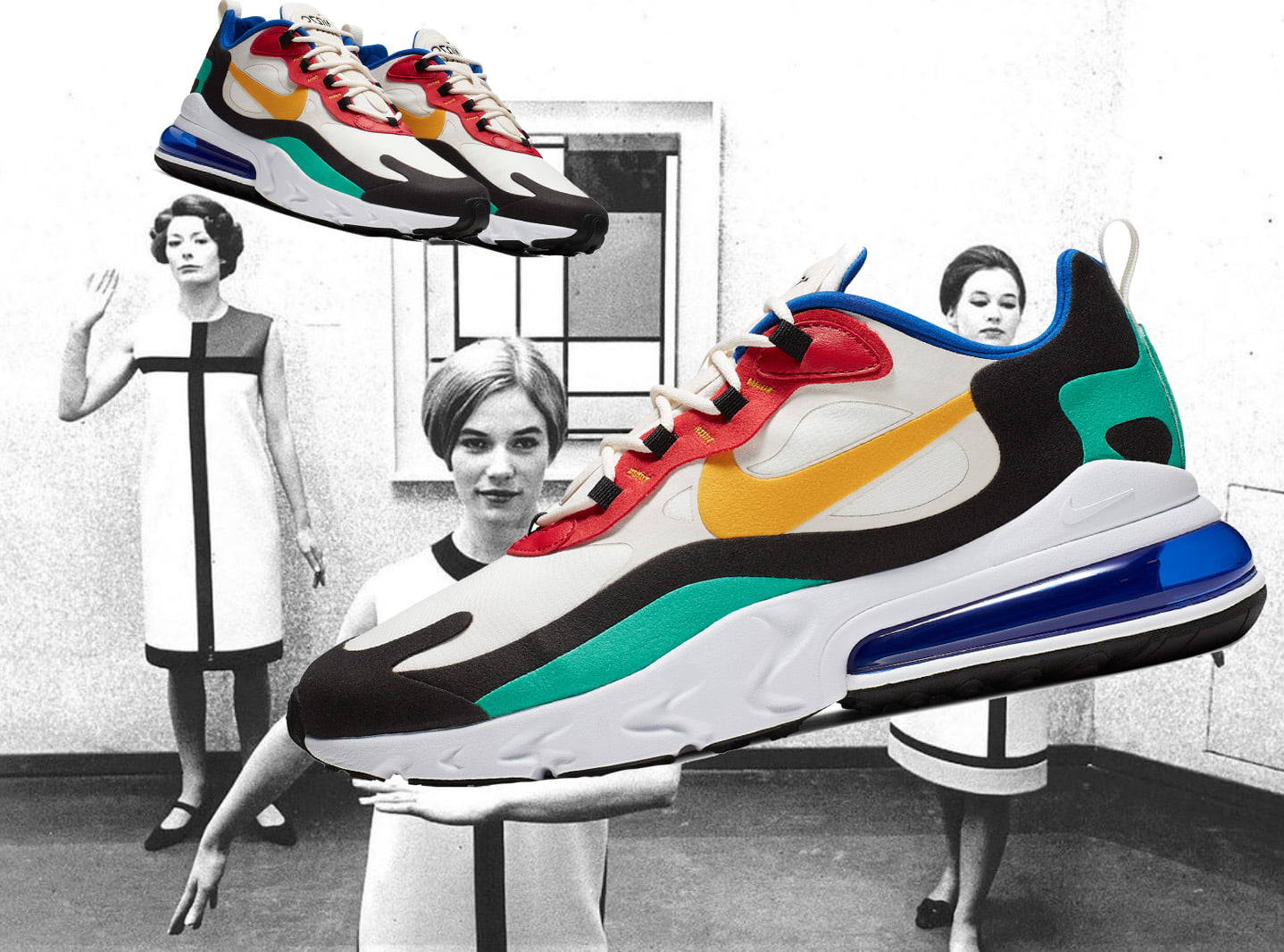
To this day, Bauhaus continues to exist and promote, being the inspiration and foundation of many impressive works, leaving important imprints in the development of the modern world.
II. Bauhaus influence on graphic design
1. Simple Typography
Instead of the complicated and old style of today’s script characters, Bauhaus took inspiration from the Grotesque typeface, creating new popular, simple and easy-to-use typefaces, which are widely known. variable in Germany as Akzidenz Grotesk.
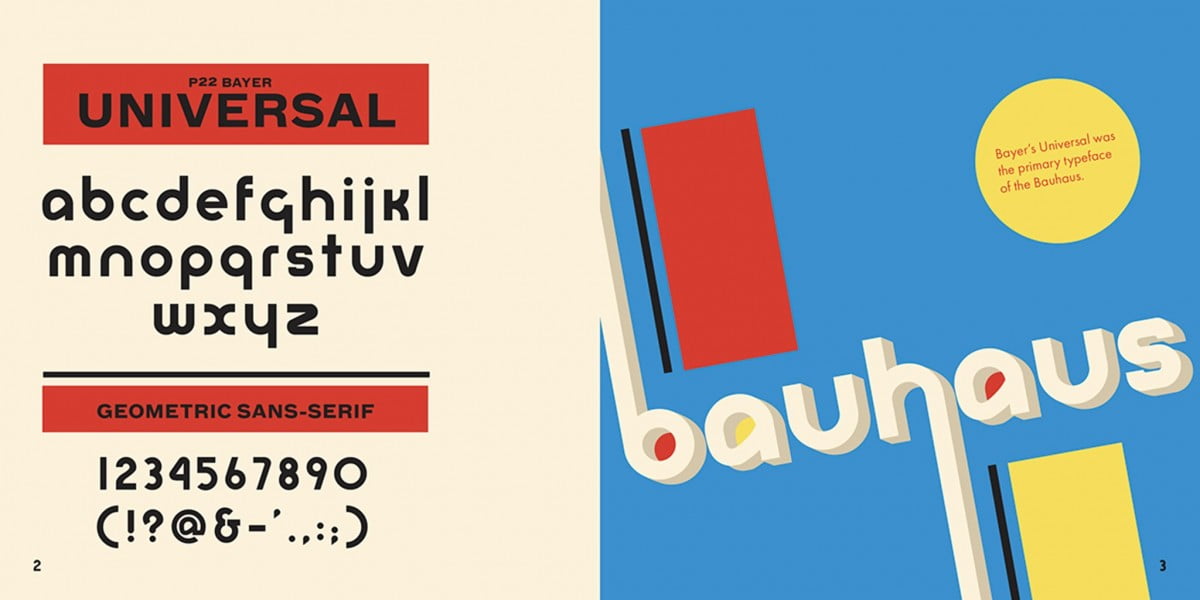
With the desire to create a typeface that is universal, easy to read, and eliminates the international language barrier, Herbert Bayer sought to create the typeface created by simple, unfussy shapes, which today we call the typeface: sans-serif.
2. Experimental layouts and “breaking” the grid

Ignoring the grid rules used when designing publications, Bahaus designers have experimented and created new and unique layouts that are equally liberal, but still maintain the balance. equal to the total. Crossing letters, combined with shapes from simple to complex, … breaking away the stereotyped design views, blew a new wind, changed artistic thinking and greatly influenced the field of art. graphic design to this day.
3. Inspiration for 3D designs

Inspired by the illustrated blocks in publications, or inspired by the infographics of artists of the Bauhaus movement, all have been skillfully applied, creating impressions for 3D graphic works of the day. now. Geometric elements into corners, based on different perspective lines bring powerful, mechanical barriers, complexity.
Ending
Hopefully the above article has helped you better understand the Bauhaus movement.

